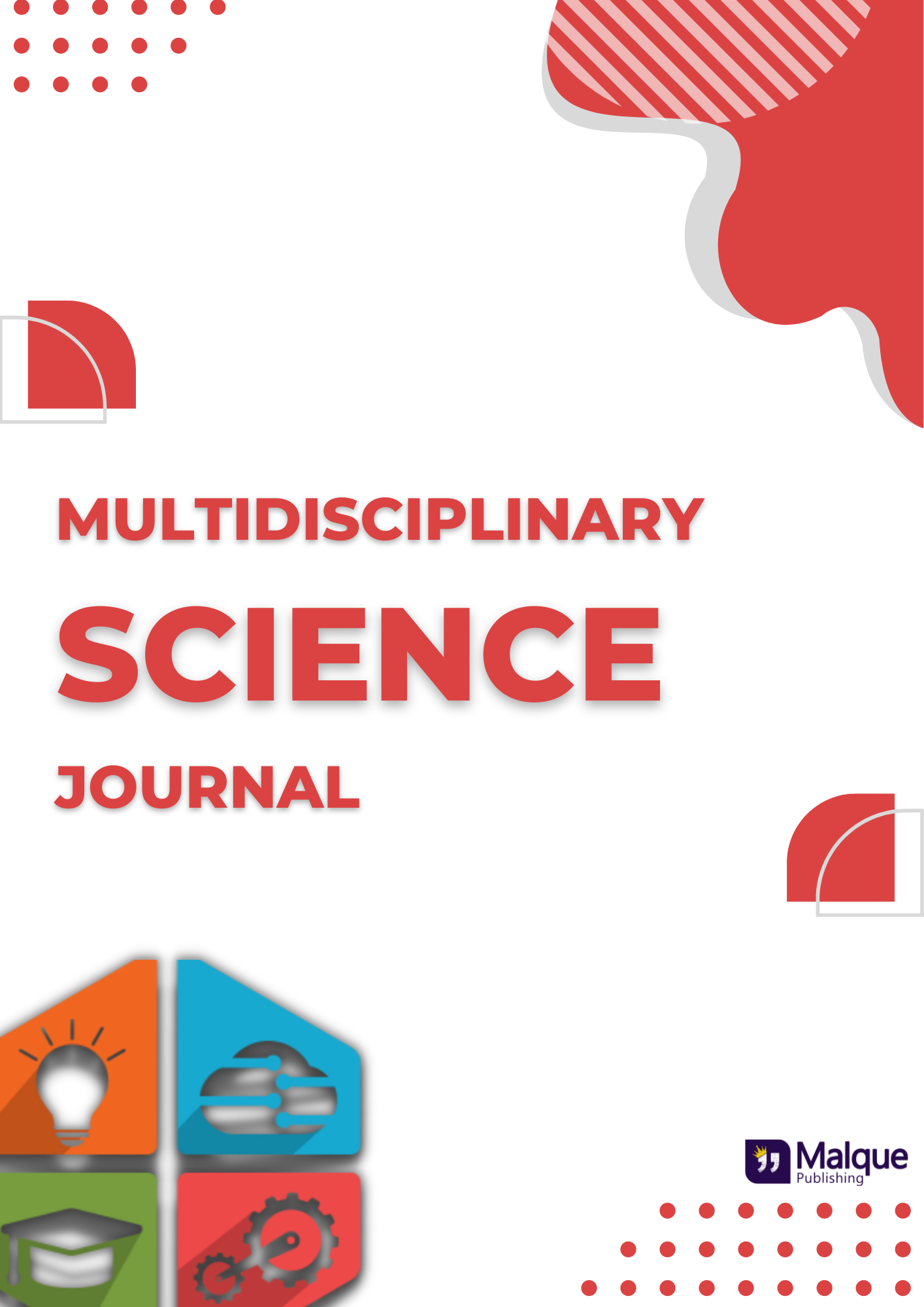Forecasting municipal solid waste generation using linear regression analysis: A case of Kathmandu Metropolitan City, Nepal
Abstract
There is lack of study predicting the Municipal Solid Waste (MSW) output scientifically and accurately for least developed countries like Nepal. Previous studies have primarily relied on the tentative amount of waste generation linked with the number of vehicles involved in waste collection and transfer to the landfill site. This study used linear regression analysis to forecast the solid waste generation of Kathmandu Metropolitan City (KMC) by undertaking past population data and solid waste generation.. The SPSS analysis resulted in a strong relationship between population and solid waste generation with a coefficient of 0.956. A linear regression validation was performed to ensure that the derived formula is statistically significant. The finding indicates the r squared (R2) value to be 0.913, leading the waste prediction model to be very strong. The prediction equation of 0.659X - 204222.952 resulted in an average waste generation of KMC as 1006 t/d on average till 2035 with an average per capita/d waste generation of 0.54 kg. The current MSW generation of KMC is found to be 766 t/d and predicted to reach 1259 t by 2035. The information can be helpful for the municipality and urban planning authorities to make strategies for effective management of waste generated in KMC, creating less burden at the Banchare Danda landfill site.










